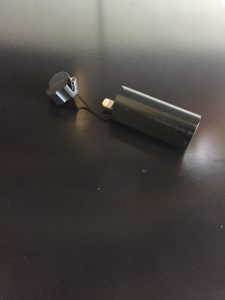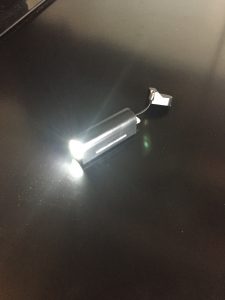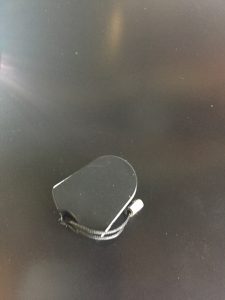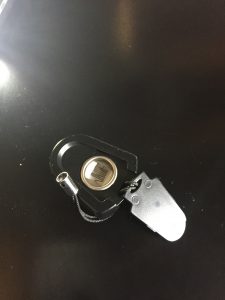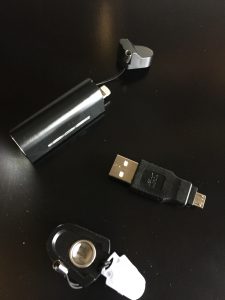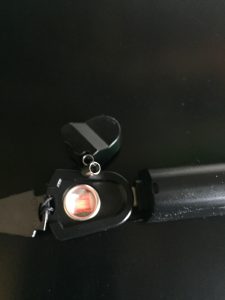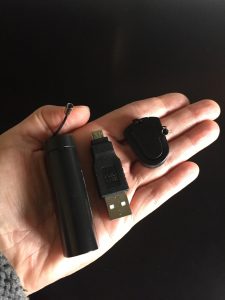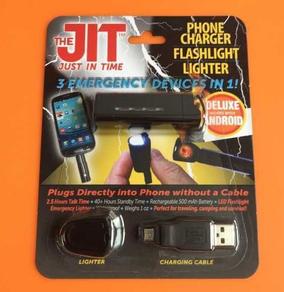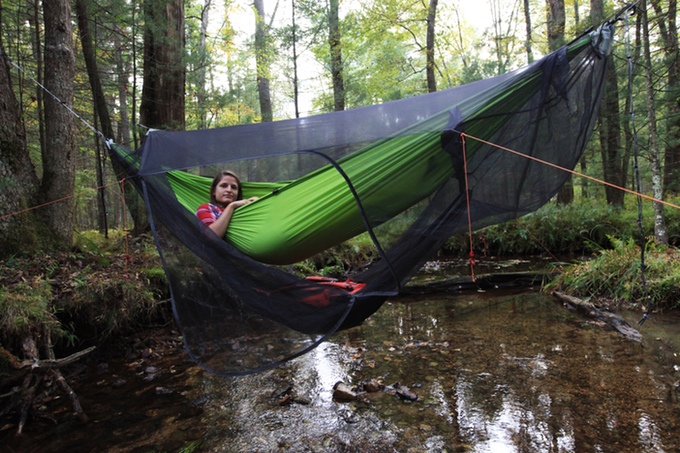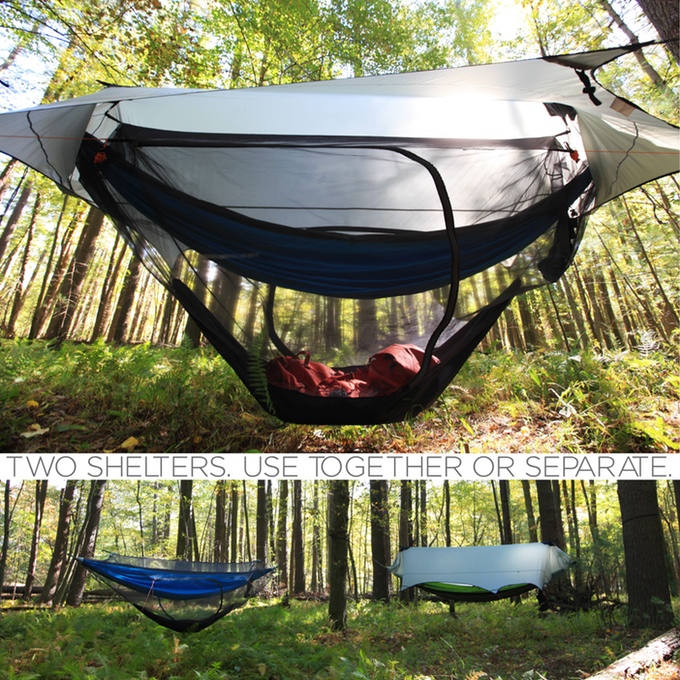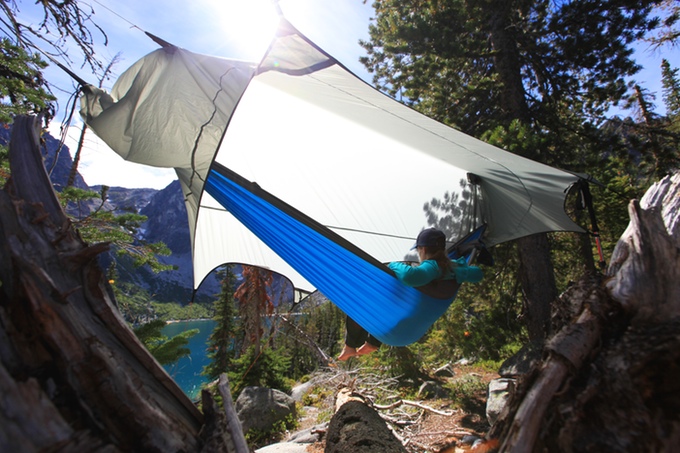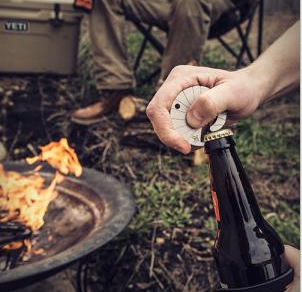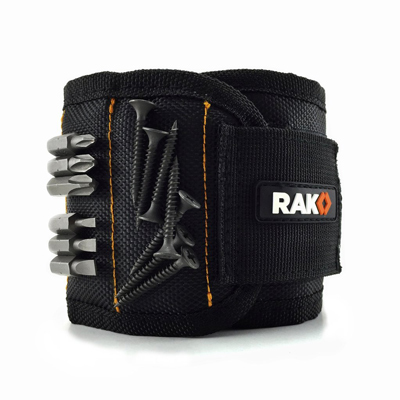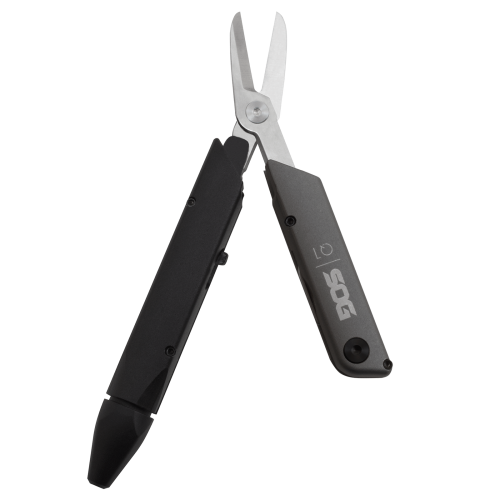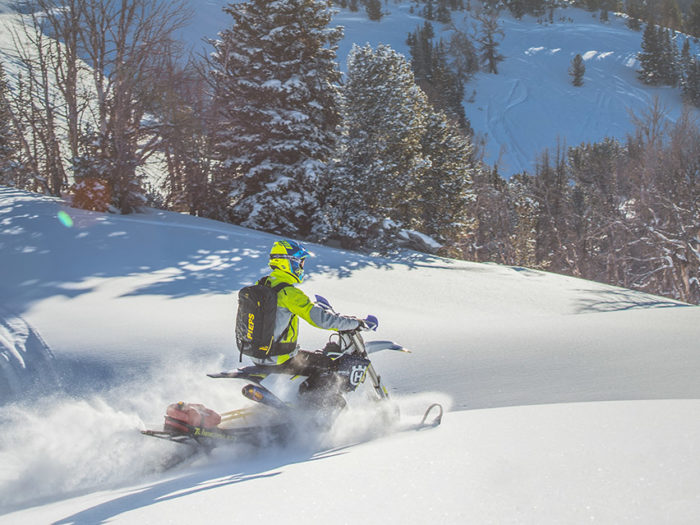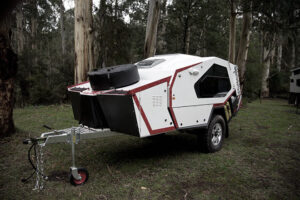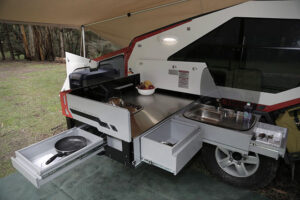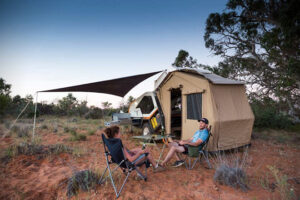OK, you might not be in the actual DESERT when there’s an emergency situation. But around my parts, the Pacific Northwest, it’s common to go for weeks in the summertime with no rain. I’ve lived in my city for 25 years, and over that time there’s been a noticeable shift in the weather patterns. When I first got here, the first summer we went the entire 3 to 4 month summer period with absolutely no rain at all and barely ever a cloud in the sky the entire time. After that, we’d regularly go the whole summer with little to no rain. Temperature-wise, it stayed in the 80s to 90s.
Now, 25 years later, we do get rain in the summertime on a more regular basis, but it is still very common to go weeks with no rain, and if there is rain it is a light mist that doesn’t do enough good for plants outside. And temperature-wise, it regularly gets up to and above 100 now. So even if there is a tiny but of rain, a stretch of a week or more of 100-degree weather is going to do a number on human bodies and any food plants we might be trying to grow.
This post isn’t going to cover the technology of catching rain–we covered that in a past post: “Build A Better Rainwater Harvest System”–but instead I will focus on collecting enough water to keep you alive. Humans can’t go longer than 3 days without water.
I’m also assuming here that you don’t need to be told to look in your environment for drinkable water in the form of lakes, streams or rivers. How about birdbaths or potholes? Fish tanks? Swimming pool? First things first, try to find fresh water wherever you can. If an emergency happens when you are in your home state, you probably already know where water sources are. If you’re on the road and something happens, it may be harder to find a river, lake or stream, but hopefully someone helpful will tell you. Look for areas where there are bands of trees or bushes where there aren’t any in other areas nearby. those bands of trees or bushes often grow alongside water sources.
Even in places where there does not seem to be much moisture in the air, there is always a little. A key way to collect water is to create a surface that water can condense on, and a temperature difference so that the water vapor in the air is induced to condense as vapor. Keeping a large sheet of plastic or a few plastic trash bags in your emergency kit is ideal for this. You can also create this temperature difference by collecting any moisture that is in the ground.
If you have access to salt water, you can boil it and collect the steam, which will condense into water vapor when it cools and is drinkable. This method also works with contaminated water. Based on what tools you have, you can create a “still” in a variety of ways. Take a container in which to boil the salt water. As the salt water boils, it will create steam. You want to be able to collect the steam and transfer it into a drinking container. Based on the gear you have, you might rig up a lot of ways to do this. for instance, you could cover your boiling pot with a metal screen and another cooking pot with a hole drilled into the side of it that would accept a high-temperature plastic tube. If you have a large garbage can you can place this over your whole system to contain as much steam as possible. Yes, you will lost some water along the sides of the garbage can, and perhaps you could rig up a way to collect that water as well. But some portion of the condensed water will go into your second cooking pot with the tube, and you’ll get water that way. You can buy distillation kits that will do this. They are often expensive, so if you can cobble one together yourself you’ll be better off.
You can also use the coolness of the ground to help you collect water. This is a good way to go if you do not have enough fuel to keep salt water or other contaminated water boiling. This is where it is helpful to have a large square of clear plastic sheeting and a vessel for holding your water–as large or as small as you have access to. Dig a hole in the ground, slightly smaller than the plastic you have. Dig a hole in the center of that hole that will hold the collecting vessel you have. Place the plastic over the hole and anchor it on all sides. Find a lightweight rock or something to cause the center of the plastic to dip down right above the collecting vessel. Now just wait. As the air underneath the plastic warms up, the condensation will begin to form and will drip toward your collecting vessel.
An even easier way is to simply place a clean cloth over the top of a boiling container of your water. The cloth will absorb the steam. Once the cloth has collected the steam, wring it out into your drinking container and repeat. The idea of drinking “cloth water” doesn’t sound that great, but it will work and does not require anything but cloth. Maybe the t-shirt you’re wearing.
If you have a tarp or trash bag, stretch it out on the ground and secure half of it with rocks. Fold the other half over to create a “pocket.” The vapor in the air will condense on the inside of the plastic. From there, you can carefully collect it. You can do this on a small scale, with whatever size plastic you have. Darker plastic will create more of a temperature difference and you’ll likely get more condensation.
An even simpler way to get a few drops would be to let the plants around you do the work for you. If you have an empty can or an empty water bottle with a small opening, simply place it over a plant stem or leaf of a tree. Secure it and seal it off as best you can. the plant’s transpiration will result in moisture collecting on the inside surface of your container.

